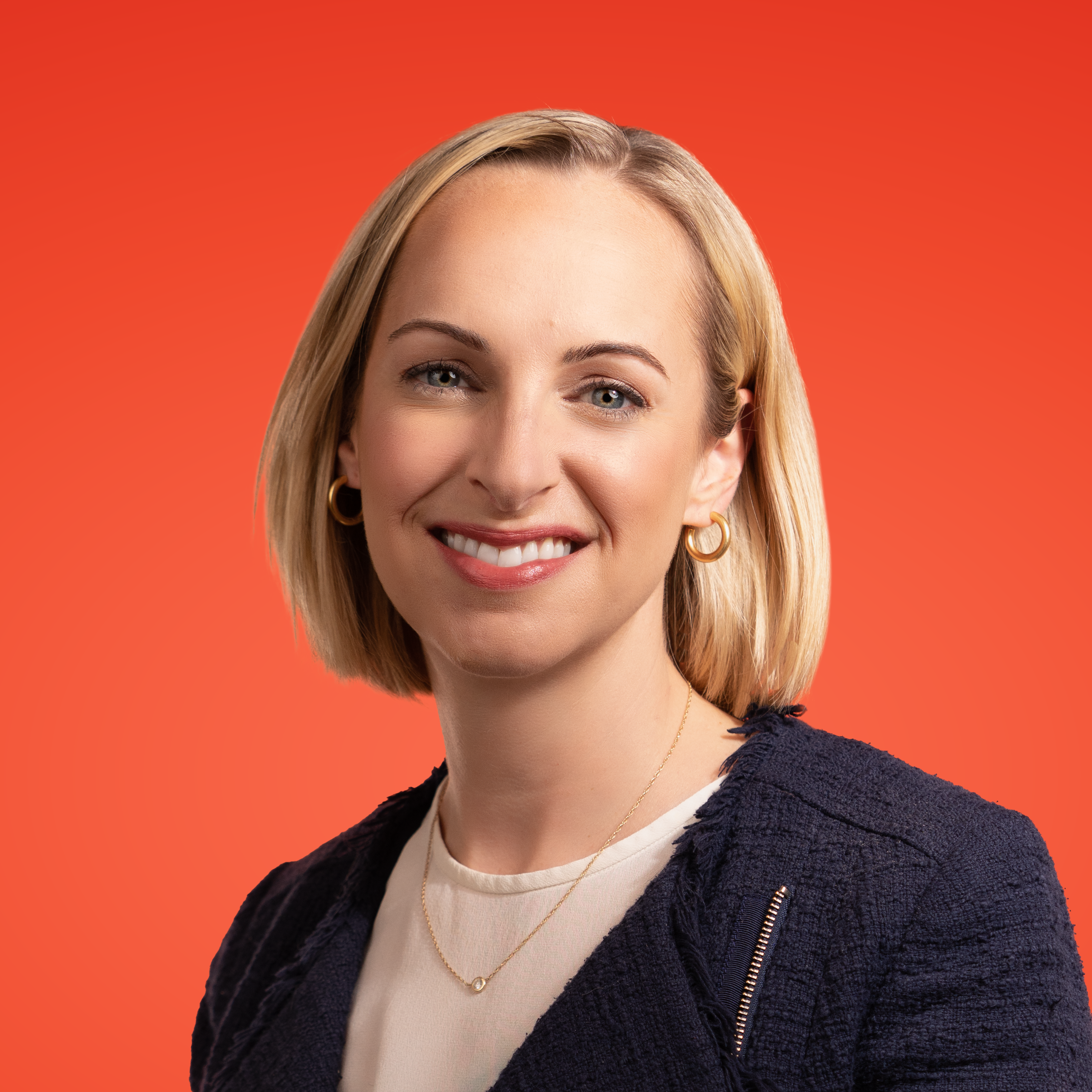After surveying hundreds of B2B decision makers for our new Software Buyer Behavior Report, it’s become clear: today’s buyers have similar expectations when it comes to speed and efficiency as consumers shopping online. The survey also revealed that buyers are conducting independent research, moving quickly through the process, and making the buying cycle shorter than ever. The growing consumerization of software buying presents new opportunities for software marketers and sellers alike during this “new normal” of enterprise software purchasing.
Top 3 themes from the survey:
- Software buying is faster and more frictionless
- Building trust is more essential, yet harder than ever
- Retention is the foundation for growth
Expedited, frictionless software buying
A fast buying cycle is shifting power to buyers. How fast? Over half (55%) of buyers need fewer than three months to make a decision of $20,000 or more. And 85% of all decisions are made in under six months. The expedited buying process is also opening up more ways to buy software, specifically opening the door for more purchases via credit cards. Last year, over half (53%) of software purchases were typically made on credit cards.
Plus, buyers are taking matters into their own hands, making them much more savvy and self-reliant during the buying process. Consider that 67% of companies usually engage a salesperson at a software company only after they have already made a purchase decision. Enterprise software buying in the “new normal” also has more stakeholders involved: the average number of people involved in a single purchase decision increased by 20% over the past year, and over a quarter of companies expect the number of people involved to increase in the next year.
Building trust is essential, yet harder than ever
Traditional forms of influence are waning. Only 4% of those surveyed trust traditional market research firms and analysts the most when making major software purchase decisions—a sign that authentic, peer-driven reviews are here to stay. While software companies’ websites are the most often consulted source of information, only 38% consider them the most trustworthy resource or rely on them the most when making major purchasing decisions for their company.
The good news is that consumers trust their peers. In fact, 86% of software buyers use peer review sites when buying software. Further, 60% of those surveyed said they were more confident in buying decisions as a result of using online review sites. Buyers also cited the lack of customer references and reviews as two of the top four obstacles to making good software decisions.
This makes your existing customers your best marketing asset. Success stories, word of mouth referrals, and peer reviews will have outsized ROI.
Retention is key for growth
Software buyers are in the driver's seat today, and it’s easier than ever to switch software. Further, expectations on ROI are skyrocketing, and renewals are closely watched. Over 80% of our survey respondents believe it’s important to receive a return on investment within six months. For SaaS businesses, time to value has always been important, but buyer expectations about the speed with which it is achieved are clearly accelerating. The “new normal” of software buying has also ushered in new trends within the renewals process: 60% of buyers always conduct research and consider alternatives when a product is up for renewal. The good news? One in three buyers prefers to buy tools and complementary products from the same vendor—which presents a major opportunity to build and maintain trust so customers grow with you.
So now what?
Investing in, growing, and retaining your customer base should be the top priority, especially as we head into the “new normal.” Here are my top 3 takeaways:
1. Adopt a product-led growth mindset: Reduce friction to try and buy your product. Design for multiple front doors. And test your way into it.
2. Treat your customers as your best marketing partners: Incentivize advocacy. Build community. Develop user-generated content & co-marketing plans with them.
3. Focus on NRR > ARR: The best way to create predictable revenue is to protect the revenue that you win. Don’t wait for the leaky bucket to start investing in retaining and growing your customer base.
Download the 2021 G2 Software Buyer Behavior Report
.png?height=800&name=buyer-behavior-report-2021-learn-featured-image@2x%20(1).png)
 by Amanda Malko
by Amanda Malko
 by Amanda Malko
by Amanda Malko
 by Amanda Malko
by Amanda Malko